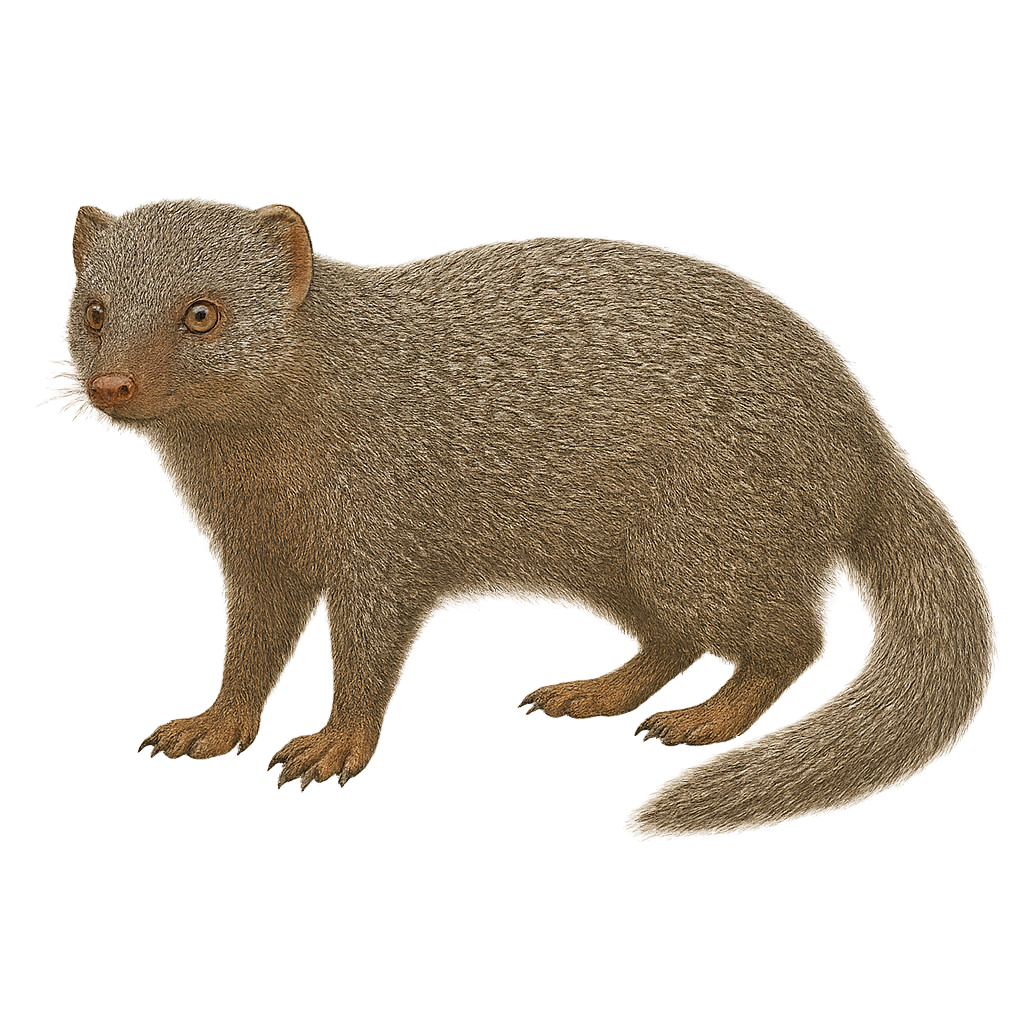Your wildlife photography guide.
Explore the indian grey mongoose in detail, study its behavior, prepare your shots.
Where to observe and photograph the indian grey mongoose in the wild
Learn where and when to spot the indian grey mongoose in the wild, how to identify the species based on distinctive features, and what natural environments it inhabits. The WildlifePhotographer app offers tailored photography tips that reflect the indian grey mongoose’s behavior, helping you capture better wildlife images. Explore the full species profile for key information including description, habitat, active periods, and approach techniques.
Indian grey mongoose
Scientific name: Herpestes edwardsii

IUCN Status: Least Concern
Family: HERPESTIDAE
Group: Mammals
Sensitivity to human approach: Tolerant
Minimum approach distance: 10 m
Rut period: March to May
Gestation: 49-63 jours
Births: April to June
Habitat:
forests, agricultural areas, grasslands, urban areas
Activity period :
Primarily active during the day, with peak activity in the morning and late afternoon.
Identification and description:
The Indian grey mongoose, Herpestes edwardsii, is a small carnivorous mammal native to the Indian subcontinent. It is recognizable by its grayish fur and bushy tail. Measuring between 36 and 45 cm, it typically weighs between 0.9 and 1.7 kg. Agile and fast, it is famous for its ability to hunt and kill venomous snakes, thanks to its speed and sharp reflexes. It inhabits various environments, from forests to agricultural areas, and adapts well to human-modified landscapes. The Indian grey mongoose is a diurnal animal, often seen foraging during the day.
Recommended lens:
400 mm – adjust based on distance, desired framing (portrait or habitat), and approach conditions.
Photography tips:
To photograph the Indian grey mongoose, it is advisable to use a 400mm or longer telephoto lens to capture detailed images without disturbing the animal. Look for areas where it is active, such as forest edges or agricultural fields. Be patient and discreet, as although it is tolerant, it can be suspicious if it feels threatened. Take advantage of morning or afternoon light for well-lit shots.
The WildlifePhotographer App is coming soon!
Be the first to explore the best nature spots, track rutting seasons, log your observations, and observe more wildlife.
Already 1 415 wildlife lovers subscribed worldwide

